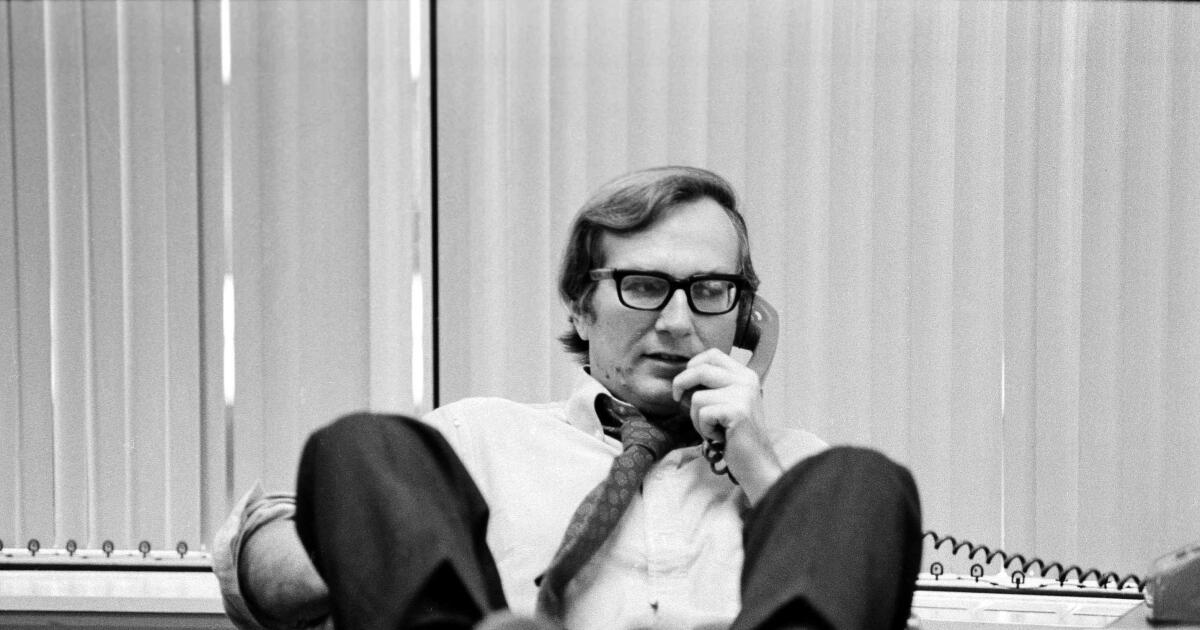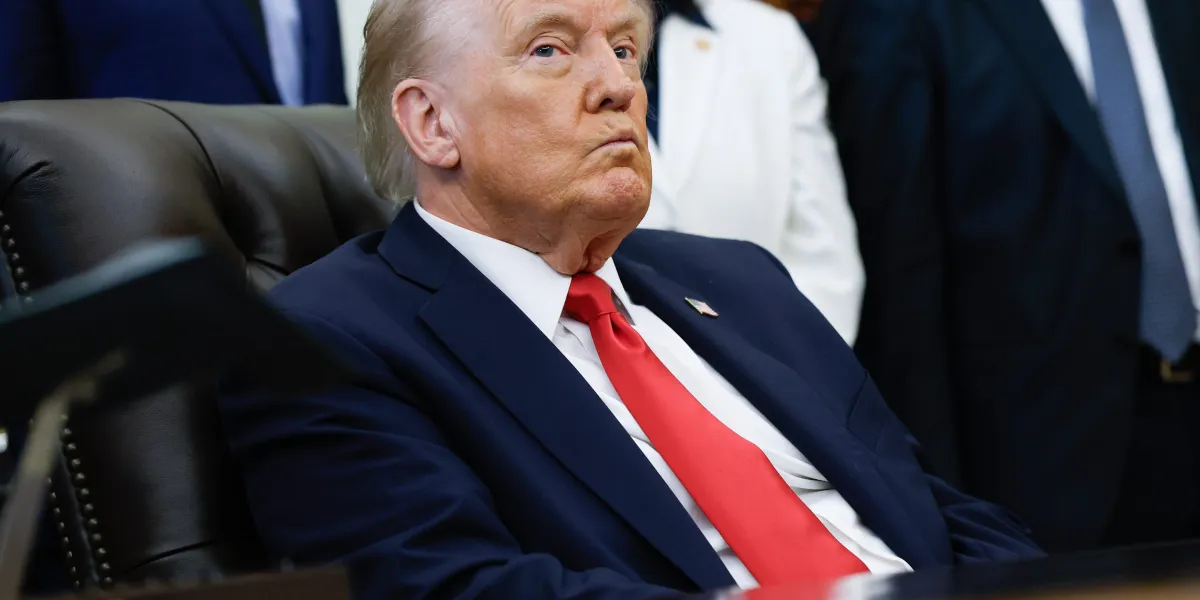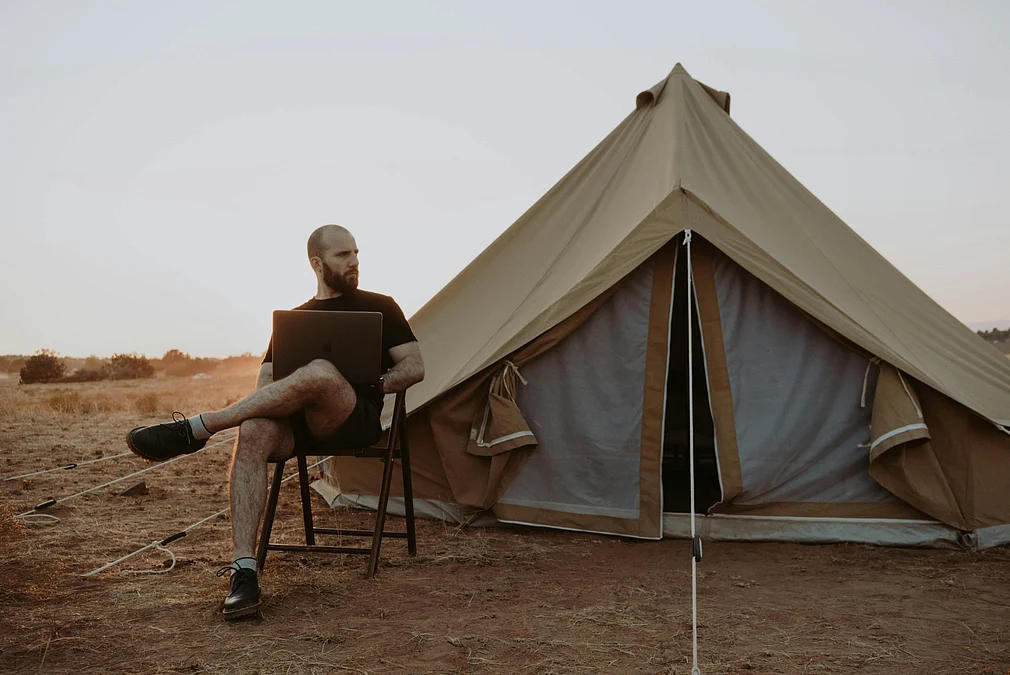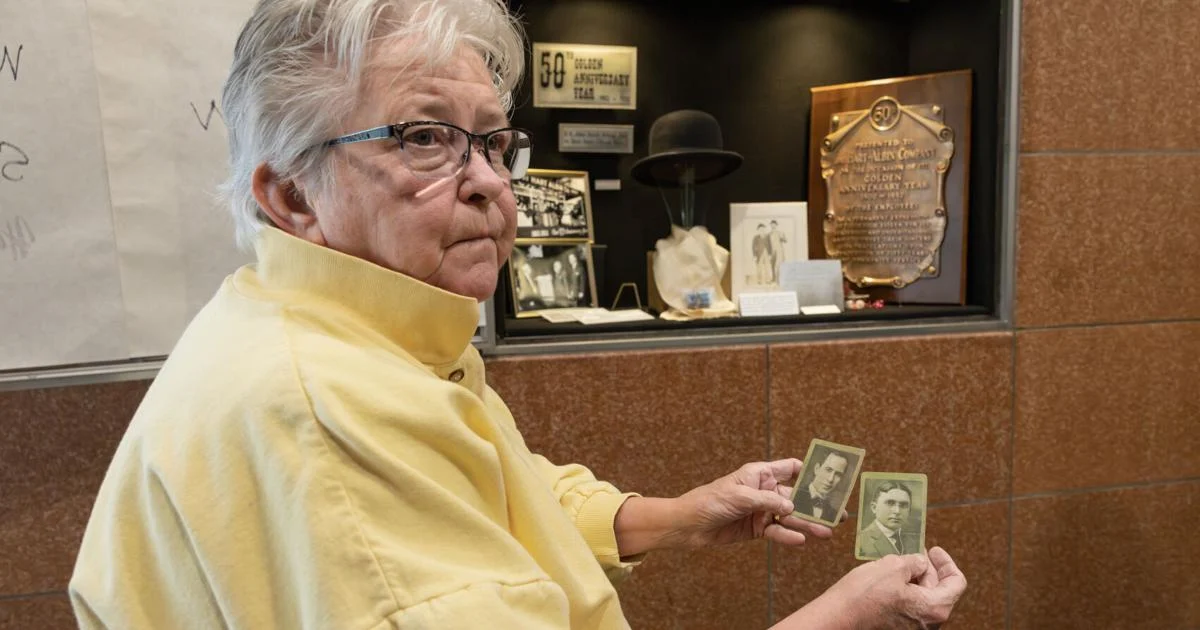Copyright Los Angeles Times

For more than half a century, Seymour Hersh has been asking the questions the powerful would rather not answer. As one of America’s most relentless investigative reporters, he exposed the 1968 massacre of hundreds of Vietnamese civilians — including children and babies — by U.S. troops at My Lai; revealed the Nixon administration’s secret bombing of Cambodia and illegal wiretaps during Watergate; uncovered the CIA’s domestic spying and mind-control programs; and brought to light the torture of Iraqi prisoners at Abu Ghraib. Presidents and generals have dreaded seeing his byline. Editors have braced for the fallout. But for all his zeal in exposing secrets, Hersh has never been comfortable turning the focus on himself. He’s spent a lifetime protecting his sources and guarding their confidences, not inviting scrutiny. At 88, he’s still very much a working reporter: sharp, skeptical and wary of being on the other side of the questions. “I don’t psychoanalyze my sources,” he says by phone from Washington, D.C., where he has long been based. “And I don’t want you to psychoanalyze me either.” It took 20 years of persistence, but Oscar-winning documentarian Laura Poitras finally convinced him. Her new film, “Cover-Up,” pulls back the curtain on a reporter who has spent his career unveiling what others try to hide. Following well-received showings at Telluride and Toronto, the film screens tonight at AFI Fest and will open in select theaters on Dec. 5 before launching on Netflix on Dec. 26. Known for probing the inner workings of secrecy and dissent, director Poitras has spent her career chronicling those who challenge entrenched power. Her 2014 film, “Citizenfour,” which won the Academy Award for documentary feature, captured NSA contractor Edward Snowden during his exposure of the U.S. government’s mass surveillance program. Poitras’ 2022 “All the Beauty and the Bloodshed,” winner of the Venice Film Festival’s Golden Lion, follows artist Nan Goldin’s campaign to hold the Sackler family — owners of Purdue Pharma, maker of OxyContin — accountable for the opioid crisis. A founding board member of the Freedom of the Press Foundation, Poitras knows those risks firsthand; her reporting in Iraq landed her on a U.S. watch list in 2006, leading to repeat border detentions. When Hersh finally agreed to let Poitras turn her camera on him, it didn’t come easily. “She went for all of it,” he says. “Not just what I did, but why I do it and how it makes me feel. There was a subtle war going on from the earliest scenes. But she got away with it. She got me to talk about things on camera I didn’t think I ever would. She’s just smarter than I am — let’s put it that way.” “Cover-Up” isn’t hagiography. It’s an unflinching study of how the machinery of American power hides its own wrongdoing, and of the reporter who’s spent a lifetime rooting it out. Drawing on roughly 7,000 archival materials — Hersh’s handwritten notes, letters, government documents, photographs and recorded interviews, painstakingly organized by producer and archivist Olivia Streisand — the film excavates a half-century of reporting and the evidence trail behind it. Poitras shapes that material into something larger than a straight biography, tracing a cycle that runs through every era: exposure, denial and scapegoating that ends without true accountability. “From the first time I approached Sy in 2005, I knew he’d be a great person to film, both for his personal story and as a way to talk about bigger issues,” Poitras, 61, says via video call from New York. “It’s about him, but it’s also about the country. I make counternarratives. Sy does counternarratives. We have some things in common. I make films about people who are in a historical moment trying to make change — Sy, Nan Goldin, Julian Assange, Edward Snowden — people who don’t accept the status quo.” “Cover-Up” lands in a moment when journalism itself is in deep crisis. President Trump has revived his war on the press, suing major networks and outlets like ABC and the New York Times, dismissing critical coverage as lies and flooding the public sphere with misinformation. News organizations, wary of losing access or facing litigation, are recalibrating in real time, even as the economics of the business collapse and newsroom jobs vanish. Additionally, the rise of artificial intelligence has only deepened the uncertainty, as images, documents and even voices that once served as proof can now be fabricated in seconds. Against that backdrop, “Cover-Up” feels less like history than a warning about the present. For Hersh, the stakes of journalism have rarely felt higher. Working independently through his Substack newsletter, he recently warned that the Trump administration is “playing another long game,” using emergency powers to deploy federal troops and immigration agents in Democratic-run cities — a potential “trial run,” he wrote, for interfering in next year’s elections. Citing an inside source, he reported that planning for such actions is already underway in the White House. “This is different,” Hersh says. “It’s a real shot at the Constitution. This group learned from the failures of the [Jan. 6] mob attack and from relying on a vice president who wouldn’t go along. Now they’re planning further in advance. I don’t know if that means the Constitution will be shredded or just bent to their own use — I just know these are very serious times. And that’s why this movie has so much impact. It’s about other moments of crisis when we needed good reporting.” Poitras takes viewers inside Hersh’s process: the notebooks crammed with barely decipherable shorthand, the Rolodexes packed with names and numbers, the long calls coaxing sources to talk. “We wanted to show how a story actually takes shape,” Poitras says. “The My Lai story began with a tip — not even a name — and Sy just kept going, putting together what happened. He could have stopped at Lt. Calley [Lt. William Calley, the Army officer convicted of murder for his role in the massacre] and moved on, but he needed to understand how it could happen: how soldiers could become mass murderers and what happened in the chain of command. That’s what he’s always done.” That relentlessness made Hersh both essential and exasperating to the institutions that published him. “Editors get tired of somebody who brings in a dead rat and drops it on the table and says, ‘I want to chase this story. It’s going to take longer, cost more money and everyone’s going to sue you,’” he says, with a wry, deadpan bite. Hersh has always worked on his own terms, even inside the most established newsrooms. He’s never had much patience for hierarchy or asking for permission, preferring to dig independently and follow the story wherever it leads. “One of the takeaways of the film is the importance of being critical of whatever centers of power you’re inside of, whether that’s the government or the institution you work for,” Poitras says. She points to an instance when Hersh and reporter Jeff Gerth examined the corporate filings of the New York Times, which happened to be his employer at the time. “That’s who he is — even when he’s on the inside, he’s still an outsider. He’s never gotten news from going to a presidential briefing. He knows that’s where the lie is handed out.” Hersh grew up on Chicago’s South Side, the son of Jewish immigrants who ran a dry-cleaning shop. After dropping out of law school at the University of Chicago, he stumbled into journalism as a copyboy at the City News Bureau, chasing police calls across the city. Hired by the Associated Press, Hersh investigated the Pentagon’s secret chemical and biological weapons program — reporting that exposed a 1968 Army test in Utah that killed more than 6,000 sheep — before leaving the AP after a dispute with editors and setting out on his own. Freelancing for the tiny Dispatch News Service, he broke the story of My Lai, revealing the mass killing and rape of Vietnamese civilians by U.S. troops and permanently changing how Americans saw the war. The reporting won him the 1970 Pulitzer Prize for International Reporting, making him the first freelancer ever to win in that category. He went on to deliver a string of major scoops: more than 40 front-page Watergate stories for the New York Times, including one revealing hush-money payments to the burglars; the exposure of the CIA’s illegal domestic spying program, Operation CHAOS, which helped trigger the landmark Church Committee investigations; and, at the New Yorker, the revelation of prisoner abuse at Abu Ghraib. “Cover-Up” also turns inward, tracing the roots of Hersh’s moral drive: the silence that hung over his immigrant family, the death of his father when he was a teenager and the junior-college teacher who helped steer him from working at his family’s laundry to writing. “It was a friggin’ miracle that I found my way to journalism,” Hersh says in the film. In one tense scene, Hersh, worried that Poitras has uncovered too much about his sources, tells her he’d like to quit the film. “You know too much about what I’m doing,” he says, before resigning himself to continue. “Once he was in, he was 100% in,” Poitras says. “But those first shoots — especially when we opened his notebooks — he was freaking out. He’s protective of his sources and his family. I respected that, but it wouldn’t have been an honest portrait unless he talked about what really moves him.” The film also shows the toll of that work and the partnership that has sustained him. During the investigation into the My Lai atrocities, Hersh recalls, his wife, Elizabeth — a psychoanalyst to whom he’s been married for more than 60 years — helped keep him from breaking down. “I would hear about [soldiers] throwing up 2-year-old kids and catching them on bayonets, and I had a 2-year-old,” he says in the film.” I married the right person who can calm me down and keep me from going into total despair.” “Cover-Up” doesn’t shy away from Hersh’s missteps. The film revisits two of the most contested moments in his career: his entanglement with forged documents purporting to show an affair between President Kennedy and Marilyn Monroe — documents he discovered were fake before publishing his 1997 book, “The Dark Side of Camelot” — and his later reporting that questioned the Assad regime’s responsibility for chemical-weapons attacks in Syria. For a journalist whose name long stood for rigor, such lapses carried outsized weight. “You can’t have a career without having stumbles or screwing up — that’s just part of life,” he tells me. “Laura wasn’t afraid to bring that up. And when I make a mistake, I know I’ll get hit — maybe out of proportion. But it’s a good system. You work with peers and if you screw up, they tell you. That’s the way it should be.” The film also gives overdue recognition to one of Hersh’s most crucial but long-hidden sources: Camille Lo Sapio, who provided Hersh with photographs of the prisoner abuses at Abu Ghraib. Identified publicly for the first time in “Cover-Up,” Lo Sapio kept her role secret for two decades, even from her husband, fearing retaliation. Her images, along with those first handed over by Army Specialist Joseph Darby, would help trigger the Pentagon’s internal Taguba Report, which confirmed widespread prisoner abuse by U.S. forces. “It took a lot of courage,” Poitras says. “She’d been horrified by the photos, but it was a secret she kept for almost two decades. When we were setting up cameras in her home, she finally told her husband why we were there. She and Joseph Darby both took enormous risks.” Even now, pushing 90, Hersh is still reporting. In the film, he’s shown on the phone with a source who has recently visited Gaza, hearing allegations about the targeting of civilians, including children — a story he’s continued to pursue with his usual skepticism toward official narratives. “The reporting on the agreement that was just made in Israel was way over the top,” Hersh says. “Bibi is never going to stop wanting to kill Hamas and he doesn’t care about the people in Gaza. There’s no way out for the Palestinians in Gaza right now. The only thing that came out of this was the release of the hostages for the Israelis. Everything else is going to be as bad as ever — and it’s really bad.” That sort of candor has come at a cost. Even as his work has earned him nearly every major prize in journalism including a Pulitzer, five George Polk Awards and two National Magazine Awards, it has also drawn sustained attacks from several presidential administrations, institutions and more than a few colleagues. “The newspaper people were the worst,” he says. “It’s not jealousy, exactly — it’s more complicated than that. Just: ‘Enough of this son of a b—. What’s he doing here again?’” For all that, his devotion to the work has never wavered. “It’s too complicated to get into why — I don’t know why,” he says. “It’s incredibly fun for me. I enjoy it. There are people in the CIA, in the State Department, in the White House, who believe in the Constitution. There are people who will talk to me about stuff, and I’m very careful about it, but it’s because they believe in the system too.” It’s a faith not in authority or power, but in those who keep it honest. “I love journalists,” Hersh says. “We’re comrades in arms against the bureaucracy. I always thought journalists were the most interesting people in the world.”



